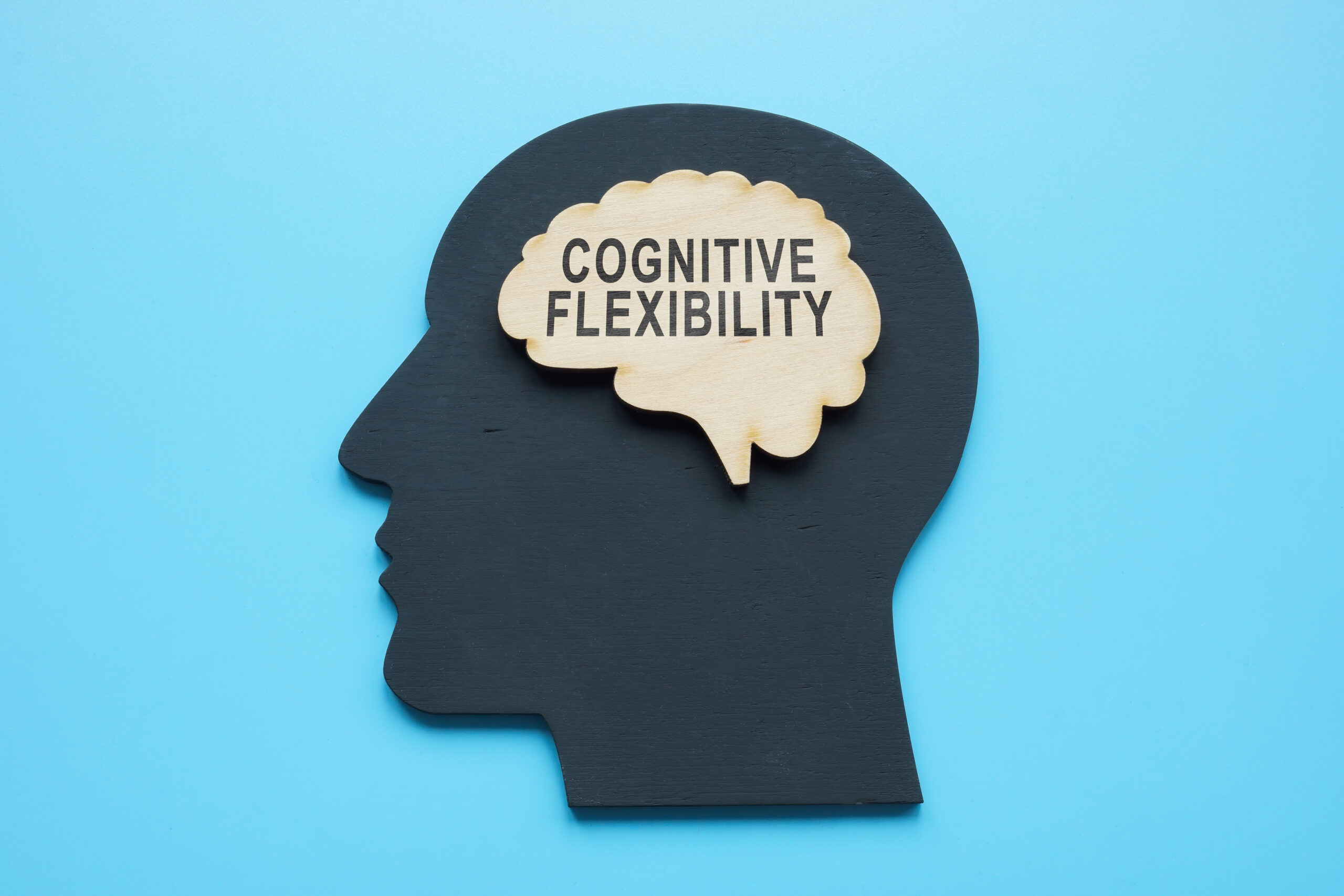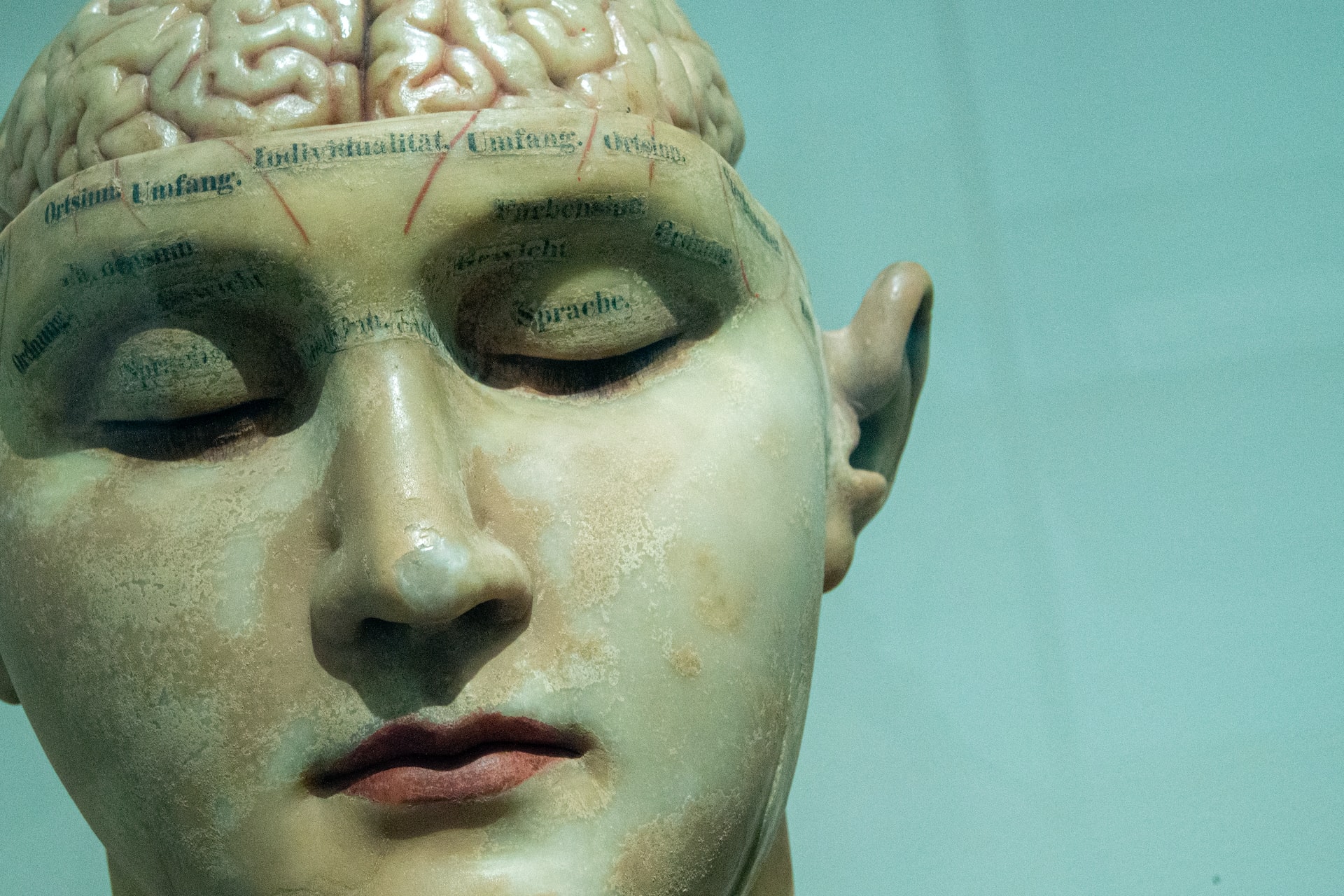Tell me about the disease of forgetting
In our daily lives, we often experience moments of forgetfulness. From forgetting where we put our keys to not remembering someone’s name, these lapses in memory can be frustrating and even worrisome. But what if this forgetfulness becomes more frequent and starts to significantly impact our daily functioning? That’s when it may be considered a disease – the disease of forgetting.
The disease of forgetting, also known as dementia, is a general term used to describe a decline in cognitive abilities that affects a person’s daily life. It is not a specific disease, but rather a collection of symptoms that can be caused by various underlying conditions. Alzheimer’s disease is the most common cause of dementia, accounting for 60-80% of cases.
Dementia usually affects people over the age of 65, but it is not a normal part of aging. It can also occur in younger individuals, although this is less common. The risk of developing dementia increases with age, and it is estimated that over 50 million people worldwide are living with some form of dementia.
The most common symptom of dementia is memory loss. It may start with forgetfulness and trouble remembering recent events, but as the disease progresses, it can also affect long-term memories. People with dementia may also have difficulty with language, problem-solving, and performing familiar tasks. They may also experience changes in mood and behavior, such as becoming easily agitated or withdrawn.
The exact cause of dementia is still not fully understood. In Alzheimer’s disease, abnormal changes in the brain’s structure and function lead to the death of brain cells. These changes can disrupt communication between brain cells and affect memory, thinking, and behavior. In other types of dementia, such as vascular dementia, there may be damage to blood vessels in the brain that can lead to cognitive decline.
Apart from aging, there are other risk factors for developing dementia. Genetics play a role, as certain genes have been linked to a higher risk of developing Alzheimer’s disease. Lifestyle factors such as smoking, high blood pressure, and obesity have also been associated with a higher risk of dementia. Additionally, a history of head injuries or other medical conditions such as diabetes or heart disease may increase the risk.
Diagnosing dementia can be challenging, as there is no single test to determine its presence. Doctors rely on a combination of medical history, physical examination, and cognitive and memory tests to make a diagnosis. They may also order brain imaging tests to look for any changes in the brain’s structure.
Unfortunately, there is currently no cure for dementia. However, early diagnosis and treatment can help manage symptoms and improve quality of life. Medications can be prescribed to help slow down the progression of Alzheimer’s disease and manage symptoms such as memory loss and agitation. Non-medical interventions, such as cognitive therapy and lifestyle modifications, can also be beneficial.
Caring for someone with dementia can be challenging and emotionally taxing. As the disease progresses, individuals with dementia may require round-the-clock care to assist with daily activities. It is essential to have a support system in place to help manage the physical, emotional, and financial needs of both the person with dementia and their caregivers.
In conclusion, the disease of forgetting, or dementia, is a significant health concern that affects millions of people worldwide. While it primarily affects older adults, it is not a normal part of aging and should not be dismissed as such. Early detection and management can help improve the quality of life for those living with dementia and their caregivers. More research is needed to understand the causes and develop effective treatments for this debilitating disease. In the meantime, it is crucial to raise awareness and support for those living with dementia and their families.





